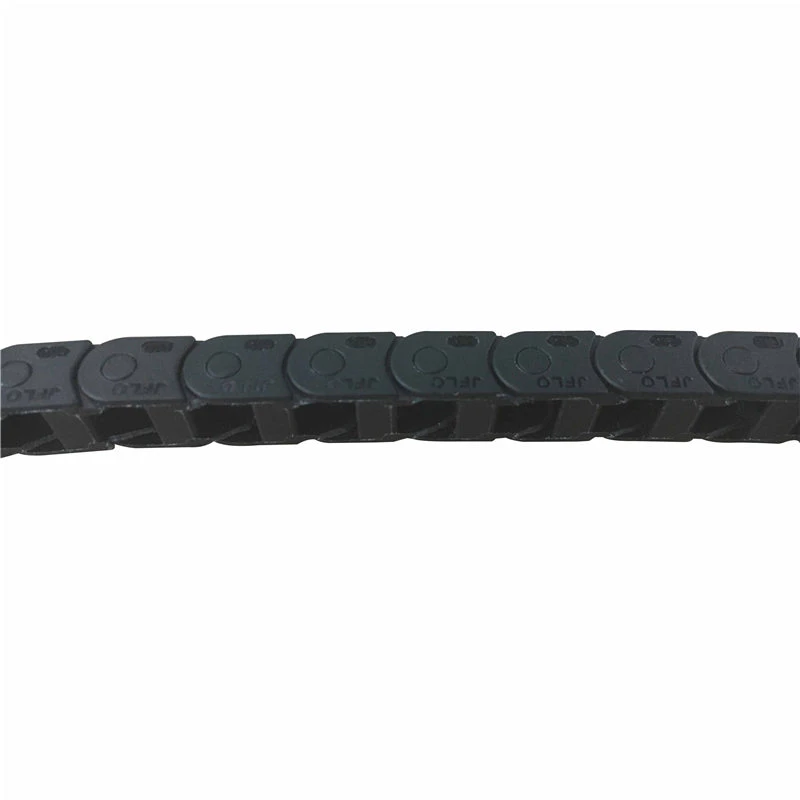synchronous belt pulley
Understanding Synchronous Belt Pulleys A Comprehensive Overview
Synchronous belt pulleys are essential components in various mechanical systems, serving a critical role in power transmission and motion control. These pulleys work in conjunction with synchronous belts, which are designed to ensure that the rotational motion between the driving and driven components is precisely coordinated. This article delves into the functionality, advantages, and applications of synchronous belt pulleys.
Functionality and Design
Synchronous belt pulleys differ from traditional V-belts and pulleys in that they utilize teeth rather than a smooth surface for grip. The teeth on both the belt and the pulley are engineered to mesh perfectly, creating a positive engagement that reduces slippage and maintains synchronization. This design allows for accurate timing and positioning in applications where precision is paramount.
The pulleys are typically made from materials such as aluminum, steel, or plastic, depending on the requirements of the application. Size and number of teeth can vary significantly, enabling the selection of the most suitable pulley for a specific job. By changing the size of the pulley, it is also possible to alter the speed and torque output of the system, enhancing its versatility.
Advantages of Synchronous Belt Pulleys
One of the most significant advantages of synchronous belt pulleys is their efficiency. The positive engagement provided by the teeth minimizes energy loss during power transmission, making them more efficient than traditional belt systems. Additionally, they operate quietly, as the interactions between the belt and pulley generate less noise.
synchronous belt pulley

Another key benefit is reduced maintenance requirements. Unlike conventional belts that can stretch over time, leading to slippage, synchronous belts maintain their tension over extended periods. This durability translates into lower maintenance costs and increased reliability for systems utilizing synchronous belt pulleys.
Furthermore, the ability to perform at high speeds without losing synchronization makes synchronous belt systems particularly desirable in applications where rapid movement and precision are needed, such as in robotics and automotive engines.
Applications
The application of synchronous belt pulleys spans various industries. In the automotive sector, they are used in timing belts, which synchronize the crankshaft and camshaft to ensure optimal engine performance. In industrial settings, these pulleys are employed in conveyor systems, CNC machines, and automated assembly lines, where precision and timing are critical.
Moreover, synchronous belt pulleys are found in consumer products, such as 3D printers and sewing machines, where accurate movement is necessary to achieve desired outcomes. Their versatility across different applications underscores their importance in modern mechanical design.
Conclusion
Synchronous belt pulleys play a pivotal role in ensuring that machinery operates smoothly and efficiently. Their unique design, coupled with significant advantages like increased efficiency, low maintenance, and precise control, make them indispensable in various applications across different industries. As technology continues to advance, the importance of these components is likely to grow, further solidifying their position at the heart of mechanical systems. Whether in a factory setting or in the automotive industry, understanding and utilizing synchronous belt pulleys is essential for optimizing performance and achieving the desired results in any mechanical project.








